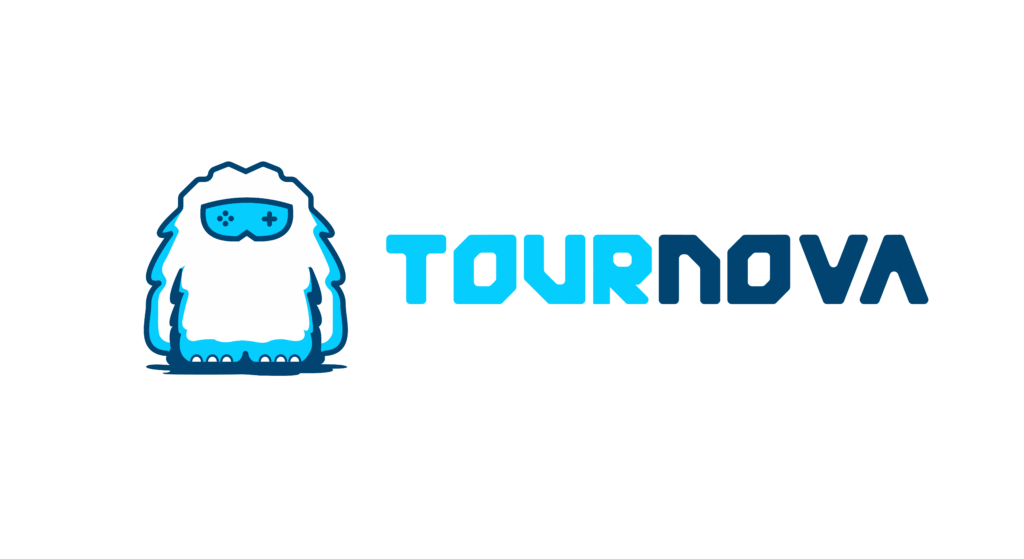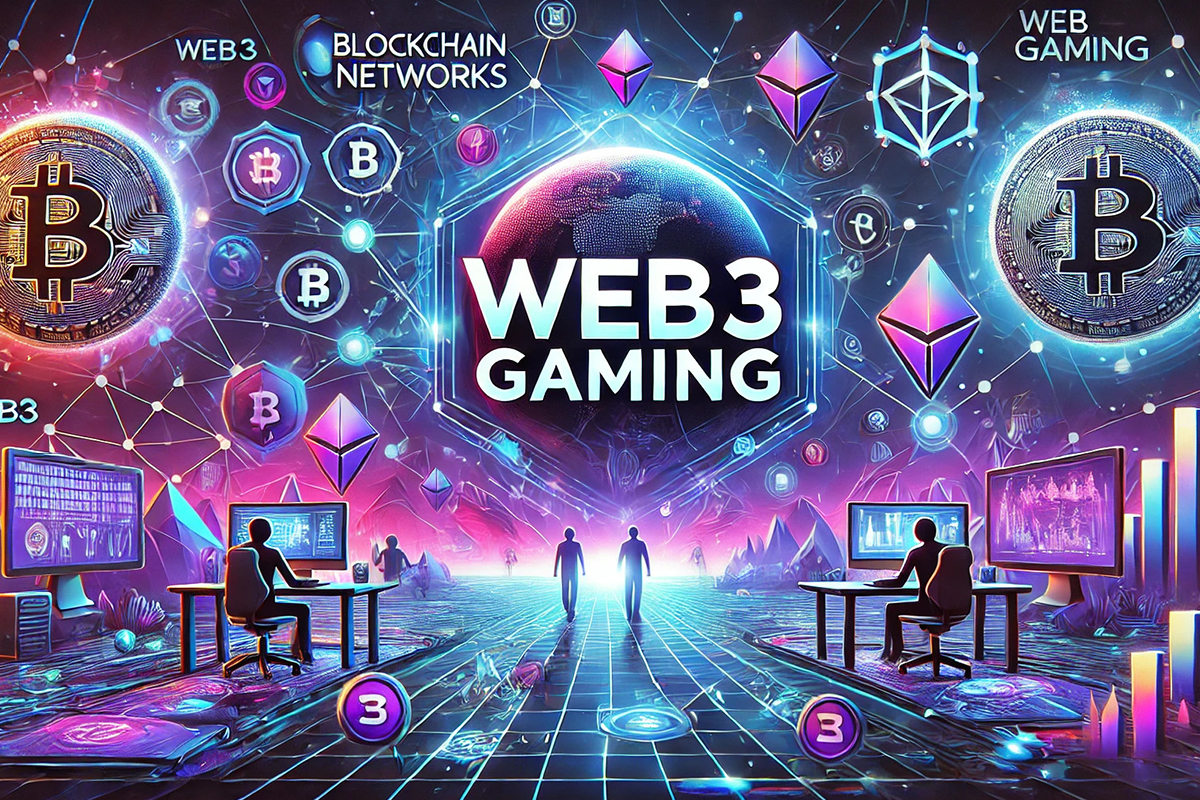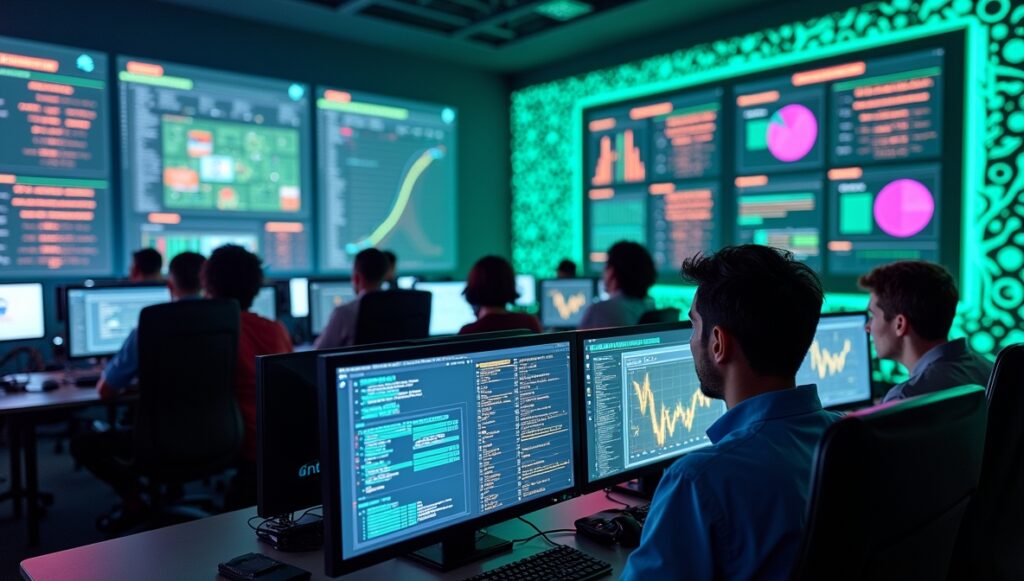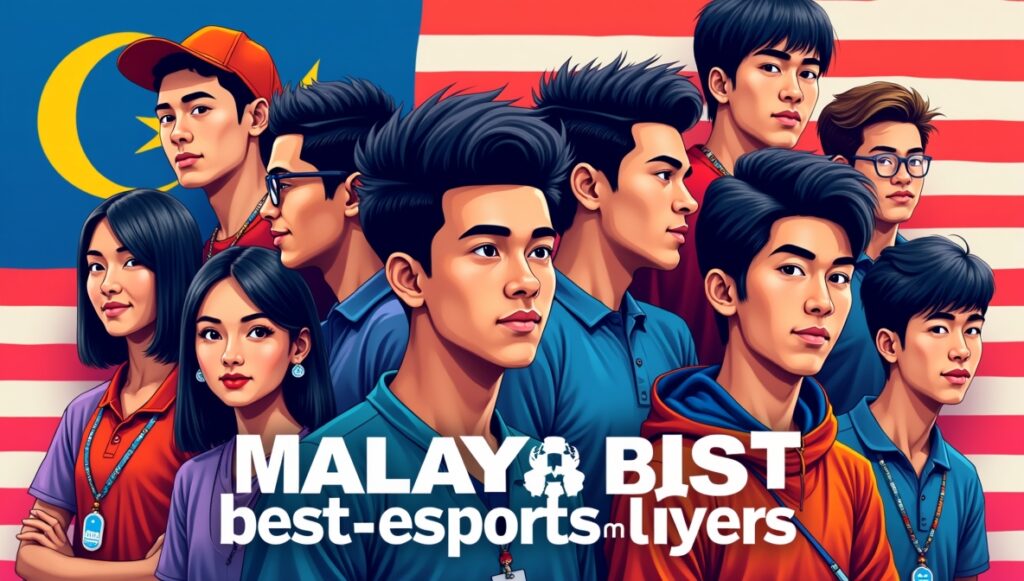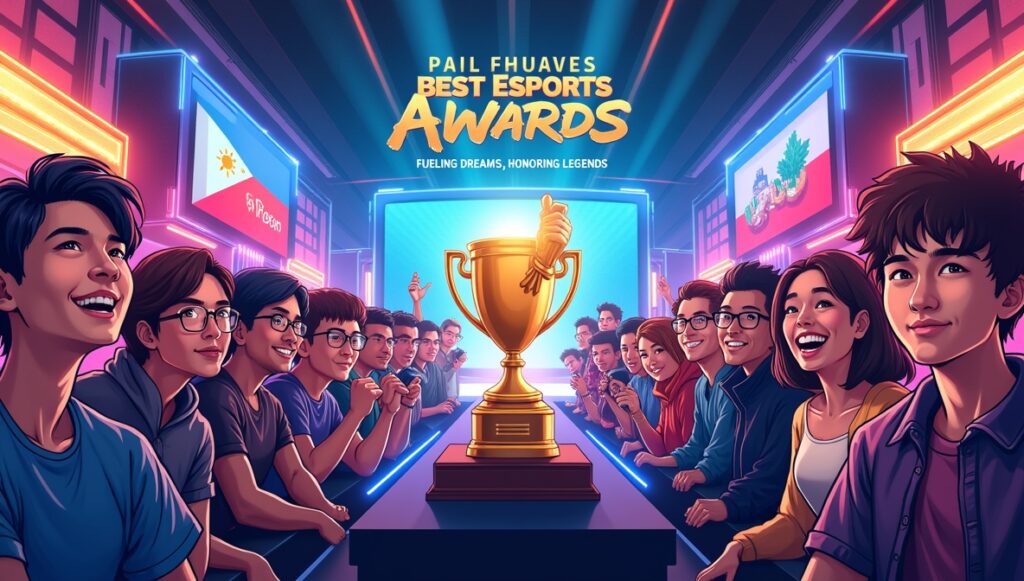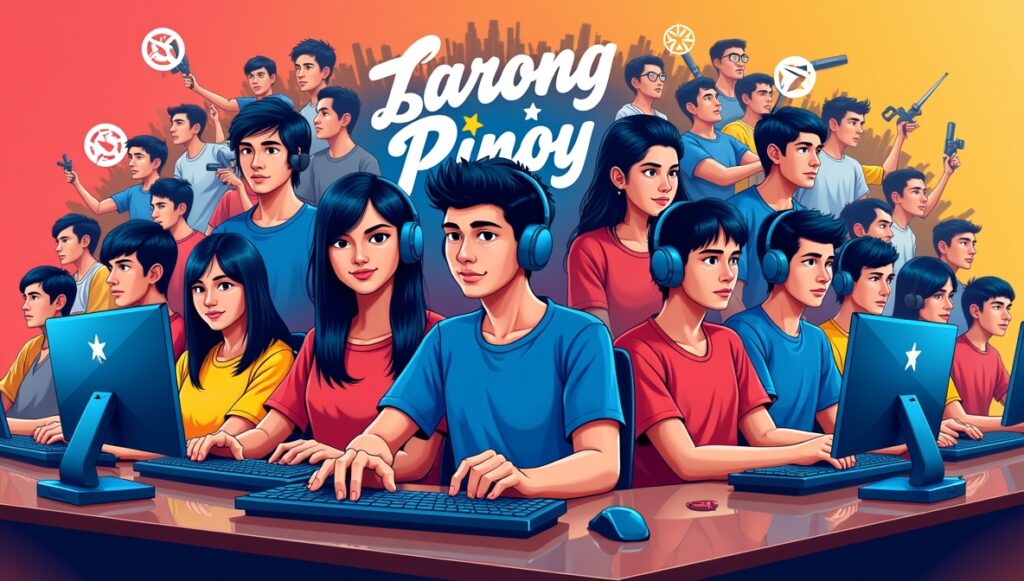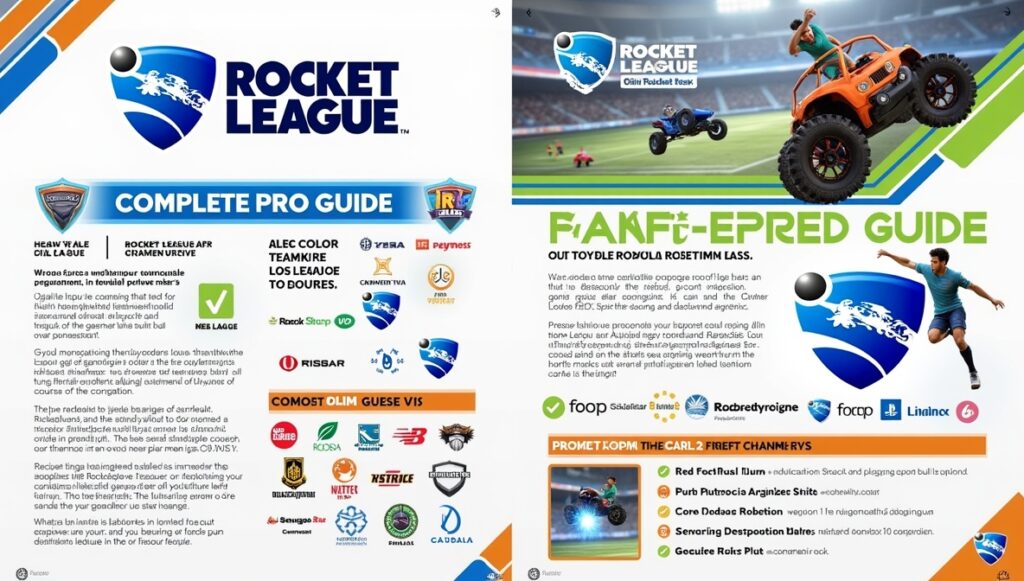In today’s digital world, gaming has evolved beyond mere entertainment—it’s now an economic powerhouse. But what if I told you that there’s a revolution underway, one that’s changing how games are created, played, and even owned? That revolution is Web3 gaming. Imagine a game where you, as a player, not only enjoy immersive worlds but can also truly own your assets, earn rewards through gameplay, and influence game development. Sounds intriguing, right? Yet, there’s a catch. While Web3 gaming has great potential, it’s still in its early stages, and the complexity of understanding this new realm can feel overwhelming.
How does Web3 gaming differ from what we’ve known before? Why should you care about owning NFTs or earning tokens in a game? And how does it all work on a technical level? In this guide, we’ll cover all you need to know about what Web3 Gaming is, explore its unique features, and discuss the future of this industry. Whether you’re a gamer looking to dive in, or a developer curious about how to create Web3 games, this guide will offer insights to navigate this exciting new frontier.
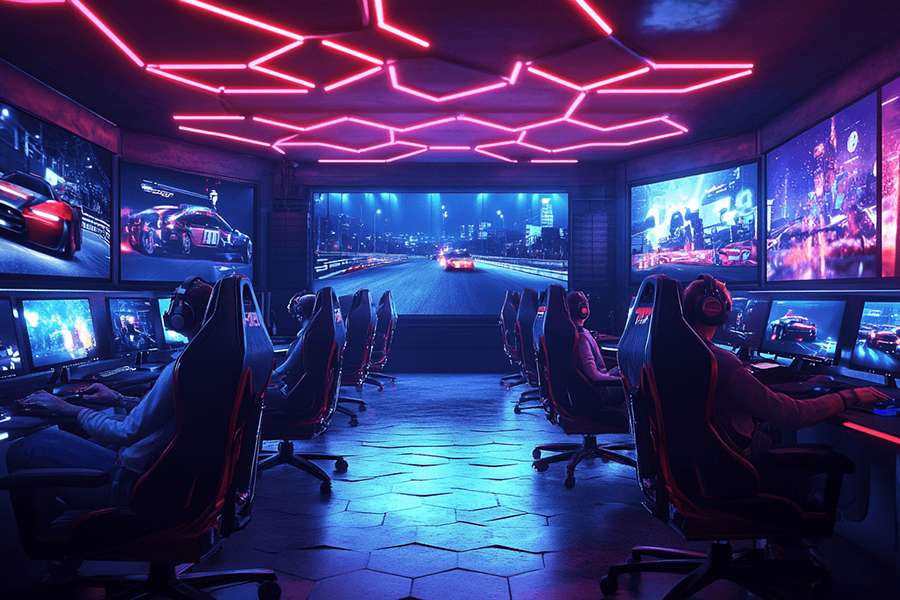
The Concept of Web3 Gaming
But let’s be straight – what does it mean to have Web3 gaming? To understand it, let us first differentiate Web 2.5 games from traditional Web2 and now emerging Web3. Web2 gaming is the traditional style where users engage in games developed and controlled by a central party such as EA, Sony or Microsoft. Participation and investment are a core part of these games and yet consumers do not own anything they use, be it a skin, a character, or a collectible. Players can’t trade them or sell them outside of the given game or even the confines of the player’s player character.
Web3 gaming just entirely reverses this model. It is based on the blockchain, which makes it possible to provide decentralization and true ownerless property of game items. In Web3 games, you own your assets through NFTs (Non-Fungible Tokens); you can sell, trade, or use the assets in other industries besides the actual game. Even better, Web3 games often enable players to earn in the currency of Cryptocurrencies, and playing games is good for their livelihood.
What if your sword, skin, or house wasn’t just an in-game object – but a distinct property – one that exists on the blockchain? When you are done with it you can resell it or use it in some other game or you could retain it. To the enthusiasts of Web3 gaming, that’s the hope and the future when we ask what Web3 Gaming is.
Read More: Web2 vs Web3 Gaming
Types of Web3 Games
There are various types of Web3 games, and each type has its approach to using blockchain solutions in the game. Now let’s take a closer look at some of the most popular categories identified above.
Play-to-Earn (P2E) Games
The Play-to-Earn model is at the heart of many Web3 games. Players are rewarded with cryptocurrencies or NFTs for their time and achievements within the game. These rewards can be sold, traded, or even staked for passive income. One of the most popular examples is Axie Infinity—a game where players breed, battle, and trade cute creatures called Axies. Players can earn Smooth Love Potion (SLP) tokens and trade them for real money. Axie Infinity has seen millions of players around the world, particularly in countries like the Philippines, where players use the game as a source of income.
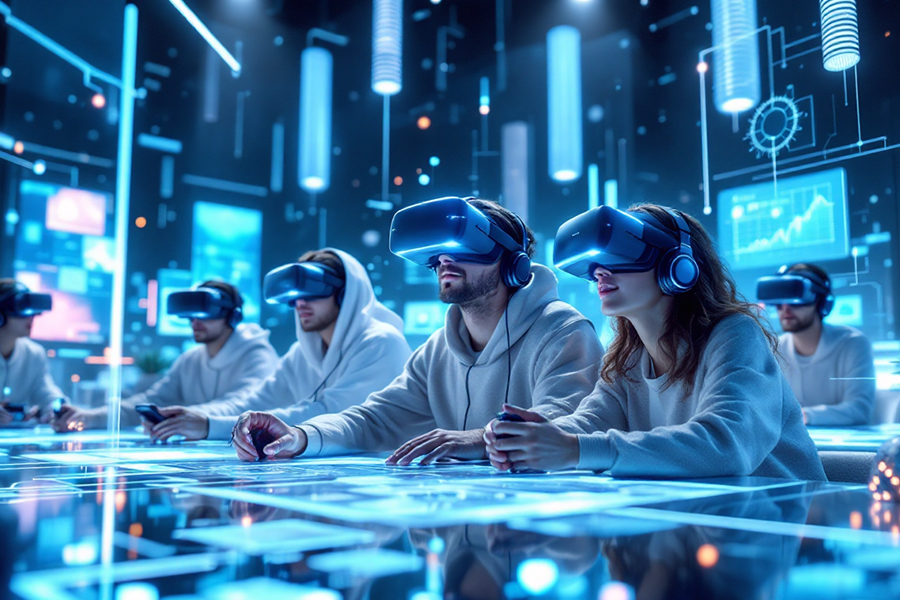
Move-to-Earn (M2E) Games
Move-to-Earn games are a unique twist on the Web3 concept, combining gaming with physical activity. Players earn rewards for being active, whether it’s walking, running, or participating in exercise challenges. STEPN is one such game where players can earn tokens by walking or running with a pair of NFT sneakers. These rewards can then be used to level up the sneakers, trade them, or even withdraw them as real currency.
NFT-Based Collectible Games
When we talk about what Web3 Gaming is, these games are centered around collecting, trading, and utilizing unique digital assets in the form of NFTs. A great example is Gods Unchained, a card game where players can collect, trade, and use digital cards as NFTs. Each card has unique properties, and players can trade them in a marketplace to build stronger decks or sell for a profit. These games often blend strategy with the potential to profit from your in-game assets.
Metaverse and Virtual World Games
The Metaverse concept is gaining a lot of traction in the gaming world, and many Web3 games are creating expansive virtual worlds where players can interact, build, and trade assets. Decentraland and The Sandbox are two prime examples. Players can buy land, build structures, and sell virtual goods—think of it like a combination of Minecraft and real estate investing, but in a fully decentralized world. These virtual worlds are also expected to support cross-game interoperability, meaning assets from one game can be used in another.
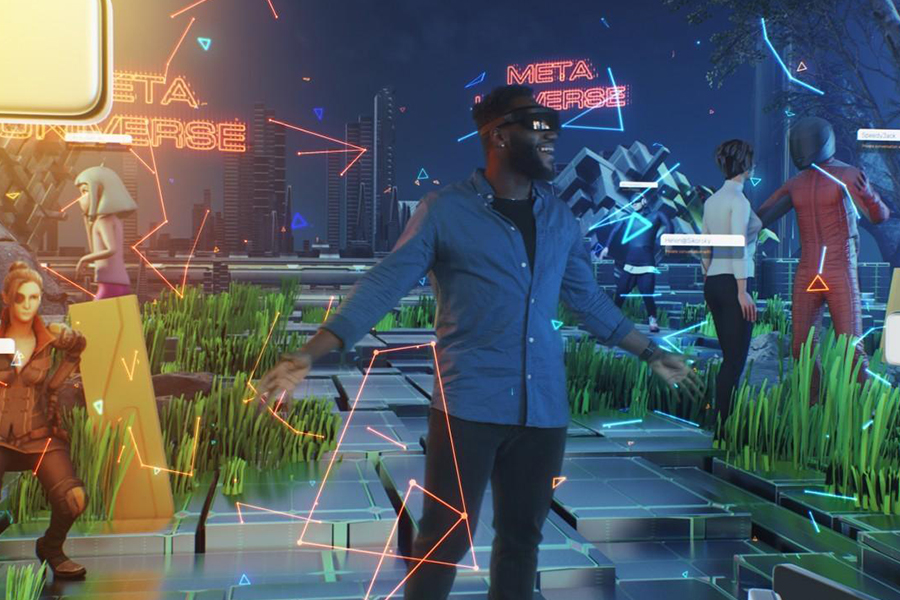
AAA Blockchain Games
While many Web3 games are still considered indie projects, the industry is seeing the rise of AAA blockchain games, which are developed with substantial budgets and big production values. These games often combine the engaging narratives and graphics of traditional AAA titles with blockchain’s benefits of ownership and decentralization. Games like Illuvium are attempting to blend the AAA experience with Web3 principles, offering stunning graphics and deep gameplay mechanics while integrating NFT-based creatures and in-game assets.
Key Features of Web3 Gaming
There is nothing like key features of Web3 gaming that define it and differentiate it from otherwise traditional gaming. Let’s dig deeper into what is Web3 Gaming:
decentralization and ownership
In contrast to games integrated with PCs and/or consoles, where items within games are owned by developers, Web3 games allow players to control ownership of the asset through blockchain. They are tradable on external marketplaces and can be directly purchased and sold via the game. The most important element of games is the concept of ownership, or as players love to say – ownership is permanent; this may either refer to a piece of land in a virtual world or the rarest of weapons.
Play-to-Earn Models
While Web3 gaming brings a new model – Play-to-Earn. What you are buying in Web2 games are skins, loot boxes, and other in-game items that you do not own. Web3 games can make you earn crypto or NFTs and so, your time spent playing is something that has value in the real world.
Interoperability
Perhaps one of the most fun elements of Web3 gaming is interoperability—support for transferring an object from one game to another. For instance, the sword earned within one game in the form of an NFT can be traded and used in another game. This alone opens up completely new possibilities for game economies and cross-platform play.
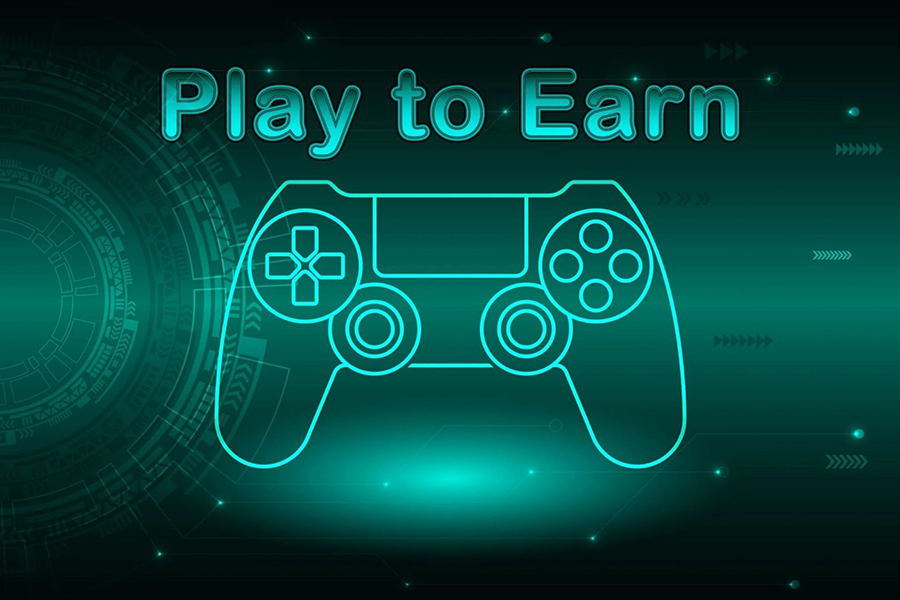
The Technology of Web3 Gaming
What is Web3 Gaming? The core of Web3 gaming is built into an array of progressive technologies. Two out of the three key factors are cryptocurrencies, or more precisely, the underlying technology; the blockchain, and smart contracts, with the last factor being digital wallets with players having full ownership of their assets.
Blockchain together with Smart Contracts
Blockchain is the foundation of Web3 gaming. It enables the storage and verification of assets to guarantee the origination of ownership. Another application is smart contracts, which are self-running contracts with the conditions of the deal coded into the program and enabling the execution of transactions without any hitches.
Digital Wallets and XR Technology
Players use digital wallets (like MetaMask) to store their NFTs and cryptocurrencies. As for XR (Extended Reality) technologies, these are beginning to play a major role in creating immersive experiences in the metaverse.
Gaming DAOs
Many Web3 games incorporate Gaming DAOs (Decentralized Autonomous Organizations), allowing players to have a say in the governance of the game. This can include voting on updates, in-game policies, and other decisions, making players true stakeholders in the game’s development.
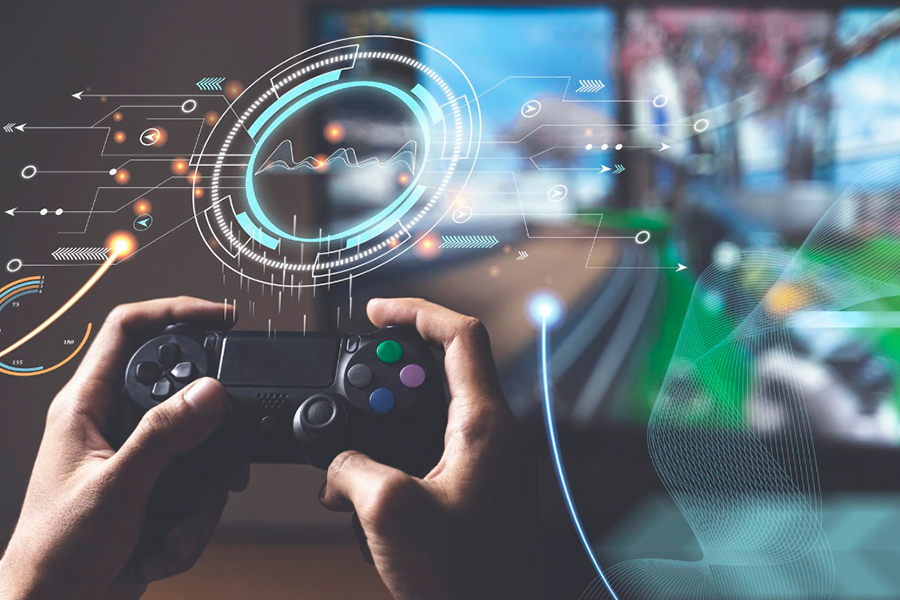
Benefits of Web3 Gaming for Players and Developers
For Players
The primary benefit for players is ownership when it comes to what is Web3 Gaming. In traditional games, developers have full control over your assets. In Web3 gaming, you own your items, and you can trade or sell them freely. Players also have opportunities to earn by participating in the game, making gaming not just a pastime but a way to make money.
For Developers
For developers, Web3 opens the door to tokenized economies. By integrating NFTs and cryptocurrencies, developers can create entirely new revenue models, from in-game sales to staking opportunities and even governance tokens.
Read More: Esports vs online gaming
Challenges in Web3 Gaming
Despite the immense promise, Web3 gaming faces several challenges:
Scalability
Blockchain networks, especially Ethereum, often struggle with scalability issues, causing slow transaction speeds and high fees. For Web3 gaming to go mainstream, these issues need to be addressed.
Regulatory Uncertainty
The legal framework surrounding cryptocurrencies and NFTs is still murky in many countries. As the industry grows, we can expect governments to introduce more regulations.
Market Saturation
As more games adopt Web3 mechanics, the market is becoming increasingly crowded. With so many options, it’s harder for new games to stand out.
The Future of Web3 Gaming
Looking ahead, the future of Web3 gaming is promising. We can expect deeper integration with AI to create more personalized and dynamic gaming experiences. Moreover, the expanding metaverse and cross-platform economies will unlock new opportunities for players and developers alike.
Conclusion
In summary, Web3 gaming represents a transformative shift in the gaming landscape, introducing a future where players experience true ownership, economic participation, and decentralized control. By leveraging blockchain technology, Web3 gaming empowers players with the ability to own, trade, and profit from in-game assets across platforms, thus breaking away from the limitations of traditional, centralized gaming models.
Although the path to widespread adoption faces challenges like scalability and regulatory hurdles, the potential benefits for both players and developers are immense, offering innovative revenue streams and deeper community engagement. As the industry matures, the integration of advanced technologies such as AI and the expansion of the metaverse will likely propel Web3 gaming to new heights, creating a dynamic ecosystem poised to redefine digital play and monetization. Whether you’re a gamer or a developer, exploring Web3 gaming can open up exciting opportunities in this new era of gaming.
FAQ
How does Web3 gaming differ from traditional gaming?
Web3 gaming gives players true ownership of in-game assets through blockchain technology, allowing them to trade, sell, or use assets across different games. Traditional games, on the other hand, are centralized, and players have no real ownership over their assets.
Can I make real money in Web3 games?
Yes, you can earn real money by participating in Play-to-Earn games, trading NFTs, or staking tokens. Some players have even turned Web3 gaming into a full-time income source.
